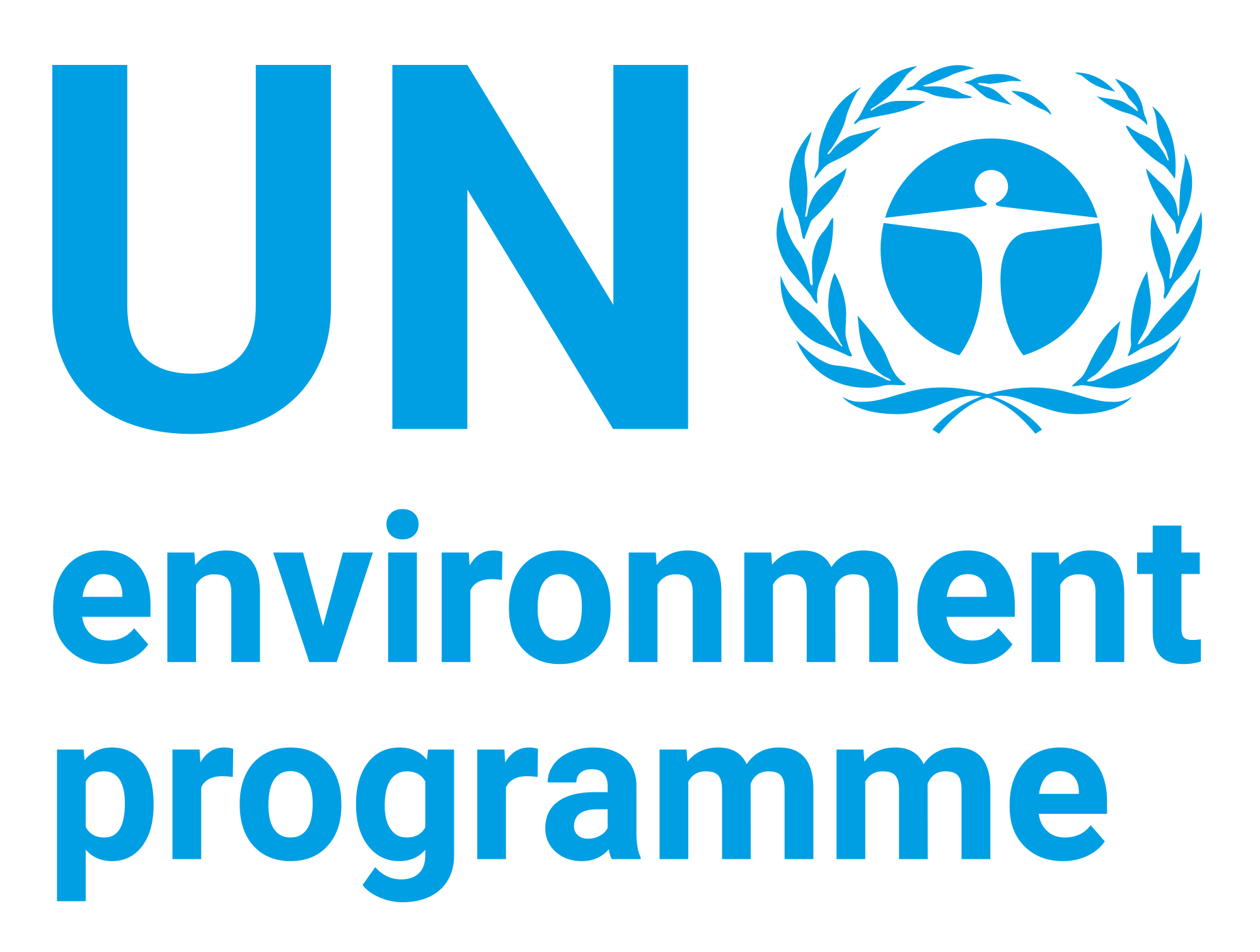| dc.contributor | Economy Division | en_US |
| dc.contributor.author | United Nations Environment Programme | en_US |
| dc.contributor.author | Social Alpha Foundation | en_US |
| dc.contributor.other | Marke, Alastair | en_US |
| dc.contributor.other | Nellore, Sai Kishore | en_US |
| dc.contributor.other | Mihaylov, Mihail | en_US |
| dc.contributor.other | Khvatsky, Jenya | en_US |
| dc.contributor.other | Floyd, Hayden Postle | en_US |
| dc.contributor.other | Symes, Thomas | en_US |
| dc.contributor.other | Schlumberger, Jacques-André Fines | en_US |
| dc.contributor.other | Baumann, Tom | en_US |
| dc.contributor.other | Yarger, Mathew | en_US |
| dc.contributor.other | Doebler, Florian | en_US |
| dc.contributor.other | Manthey, Nicholas | en_US |
| dc.contributor.other | Lin, Neo | en_US |
| dc.contributor.other | Ruslanova, Meerim | en_US |
| dc.contributor.other | Miller, Doug | en_US |
| dc.contributor.other | Thorne, Supharat Ridthichai | en_US |
| dc.contributor.other | Arslan, Can | en_US |
| dc.contributor.other | Kilic, Sila | en_US |
| dc.contributor.other | Chávez, Carlos | en_US |
| dc.contributor.other | Angarita, Rafael | en_US |
| dc.contributor.other | Green, Jemma | en_US |
| dc.contributor.other | Tiwari, Vinod | en_US |
| dc.contributor.other | PS, Vignesh | en_US |
| dc.contributor.other | Annabel, D. | en_US |
| dc.contributor.other | Kawabata, Toyo | en_US |
| dc.contributor.other | Acharya, Minang | en_US |
| dc.contributor.other | De Mello, Jonathas | en_US |
| dc.contributor.other | Mouli, Lathika Chandra | en_US |
| dc.contributor.other | Foo, Sheryl | en_US |
| dc.contributor.other | Wainstein, Martin | en_US |
| dc.coverage.spatial | Chile | en_US |
| dc.date.accessioned | 2022-02-05T01:26:46Z | |
| dc.date.available | 2022-02-05T01:26:46Z | |
| dc.date.issued | 2022-01 | |
| dc.identifier.uri | https://wedocs.unep.org/20.500.11822/38048 | |
| dc.description | This report aims to provide a clearer understanding of blockchain solutions in addressing energy and climate mitigation issues, with
a focus on low- to middle-income countries. The analysis targets energy and climate policymakers and business professionals
who are keen to see the potential uses of blockchain in these areas. Chapter 1 explores the concept of blockchain and its general application in the energy sector, while Chapter 2 provides specific case studies to draw key policy insights on blockchain’s application. Chapter 3 explores a potential road map to accelerate the clean energy transition using blockchain. It also presents overarching lessons for scaling up the use of the technology in countries around the world. | en_US |
| dc.format | Text | en_US |
| dc.language | English | en_US |
| dc.rights | Public | en_US |
| dc.subject | blockchain technology | en_US |
| dc.subject | sustainable energy | en_US |
| dc.subject | climate | en_US |
| dc.subject | electricity | en_US |
| dc.subject | renewable energy source | en_US |
| dc.subject | solar energy | en_US |
| dc.subject | carbon | en_US |
| dc.subject | Chile | en_US |
| dc.subject | developing country | en_US |
| dc.subject | East Africa | en_US |
| dc.title | Blockchain for Sustainable Energy and Climate in the Global South: Use Cases and Opportunities | en_US |


